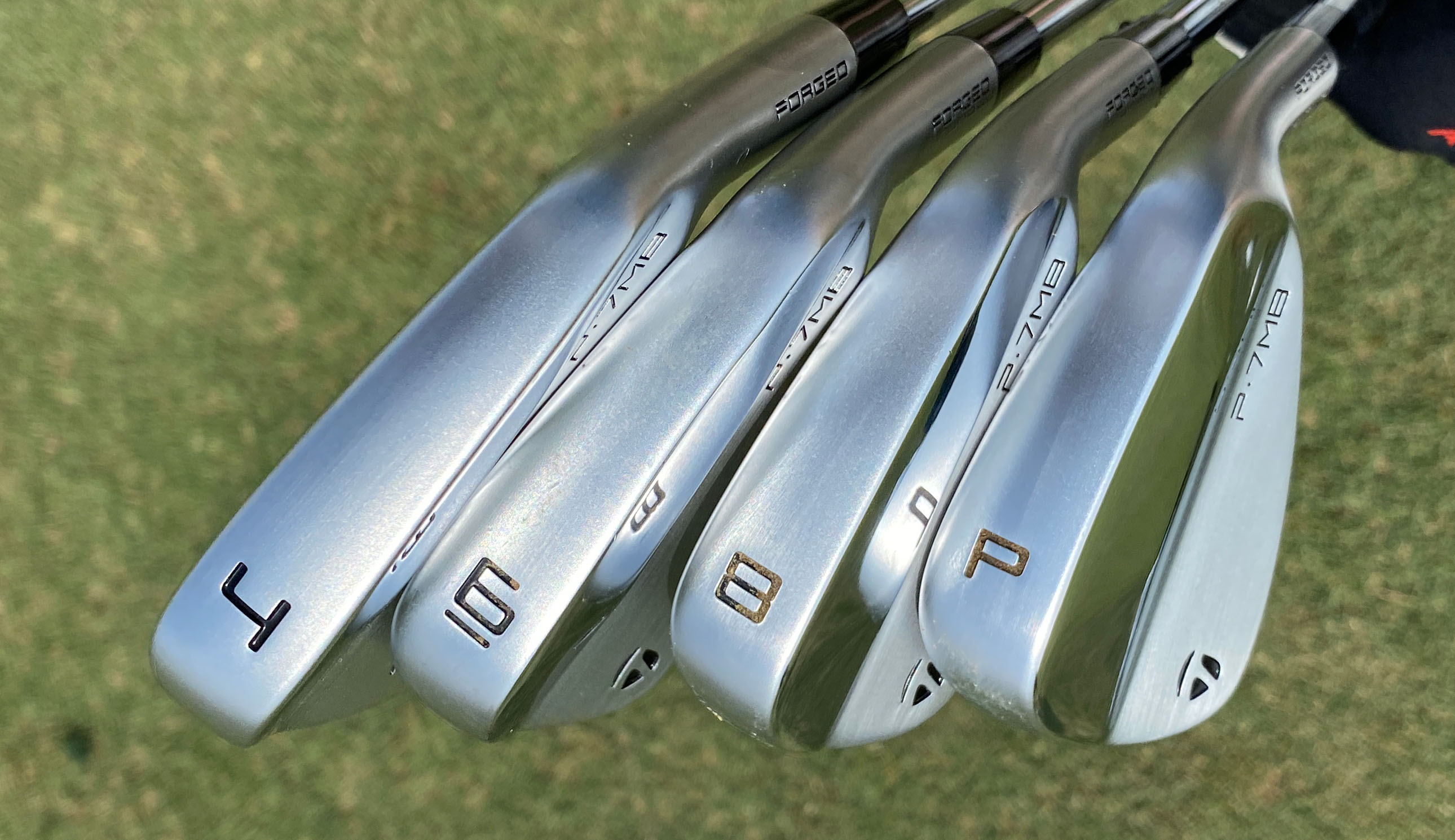
What Are The Degree Loft Of Golf Clubs?
The degree of loft on a golf club has a significant influence on the flight and distance of a shot, and is the primary factor that distinguishes all the clubs in a set. A lower lofted club has the potential to hit the ball further, while a higher lofted club will see the ball launch quicker with more spin.
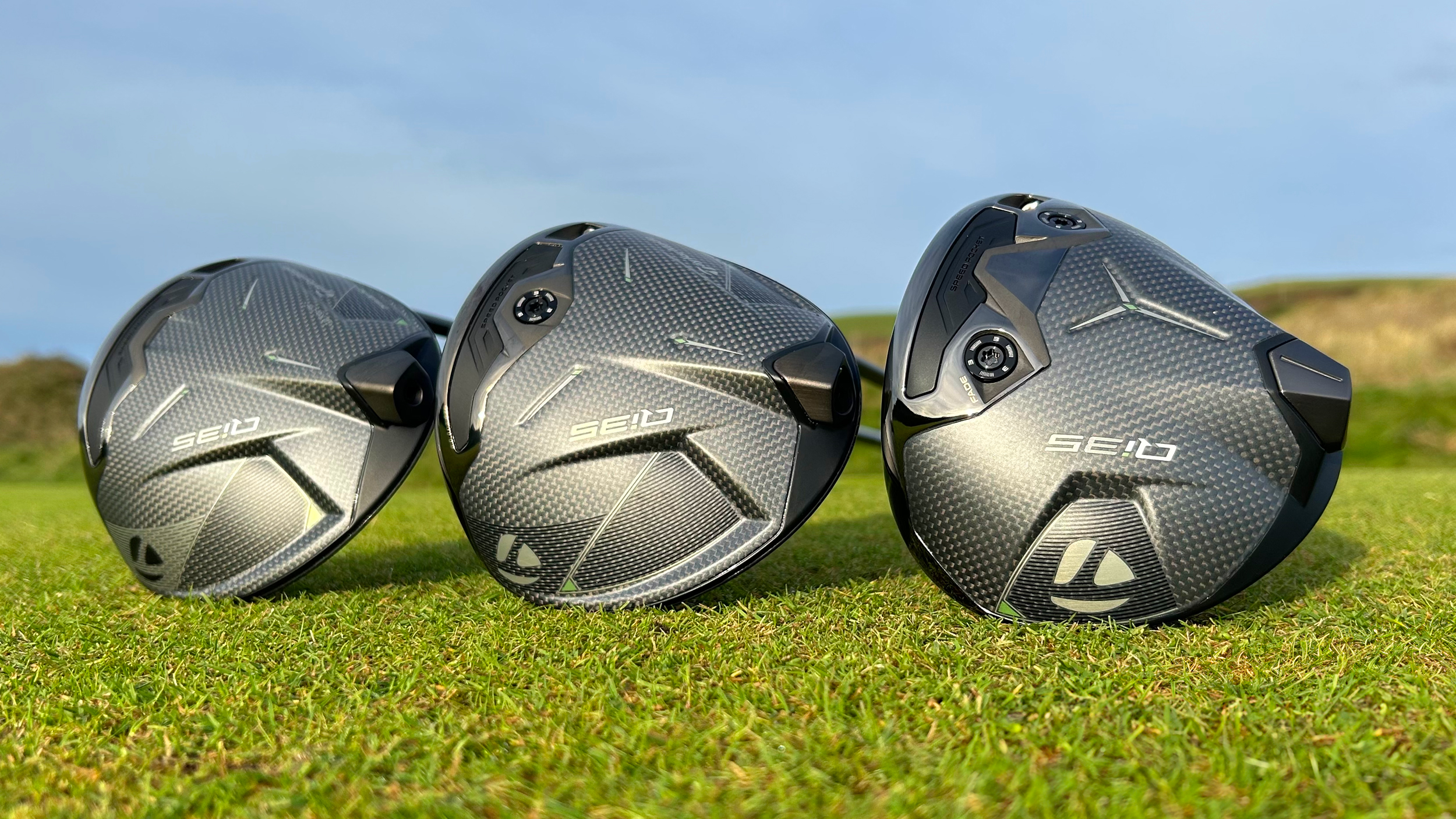
While some clubs are considered to have 'traditional lofts' such as bladed irons, there is no such thing as set lofts of golf clubs in the modern game. Manufacturers are bringing out numerous models with different lofts and technology to deliver a variety of performance characteristics for golfers of different abilities.
Many of the most forgiving irons tend to come with stronger lofts, which may sound counterintuitive, but thanks to the technology implemented in them, they often still produce a higher launch. This is usually down to a change in CG location compared to more conventional irons. Manufacturers can strengthen the lofts to add more distance whilst still delivering a towering ball flight.
Some more confident ball-strikers who have played weaker lofted irons for a long time may struggle using stronger lofted irons that boast more technology, because this will ultimately have an impact on distance control and shot-shaping ability.
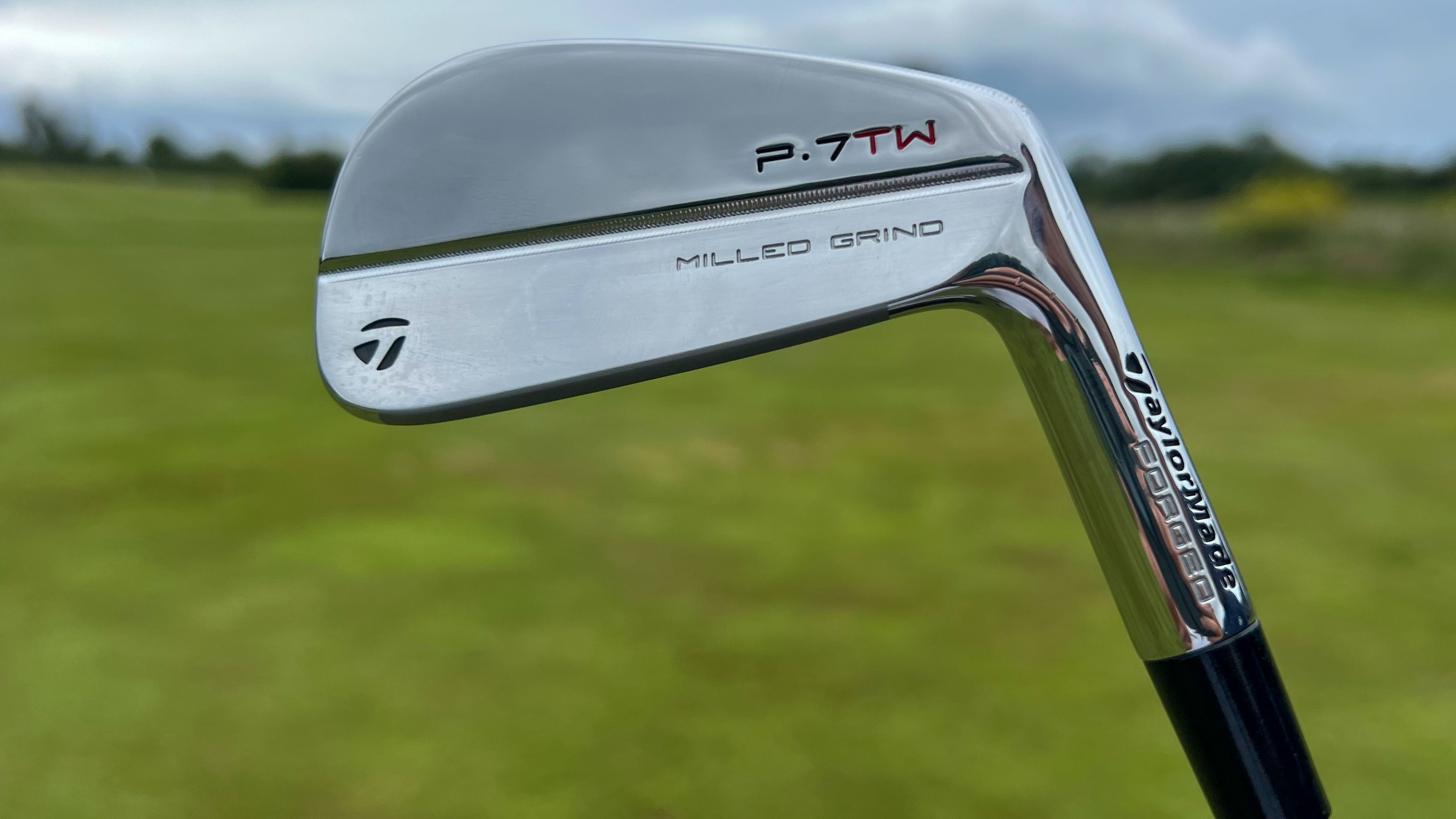
These lower handicapper golfers are not necessarily looking for more distance within their iron line-up and focus far more on control and trajectory control. Tiger Woods has one of the "weakest" loft set-ups in the professional game as he prioritises spin and control over distance and so TaylorMade, who he is signed with, designed him custom irons with a custom groove pattern to match the launch and spin he looks for in his irons.
Driver Degree Loft
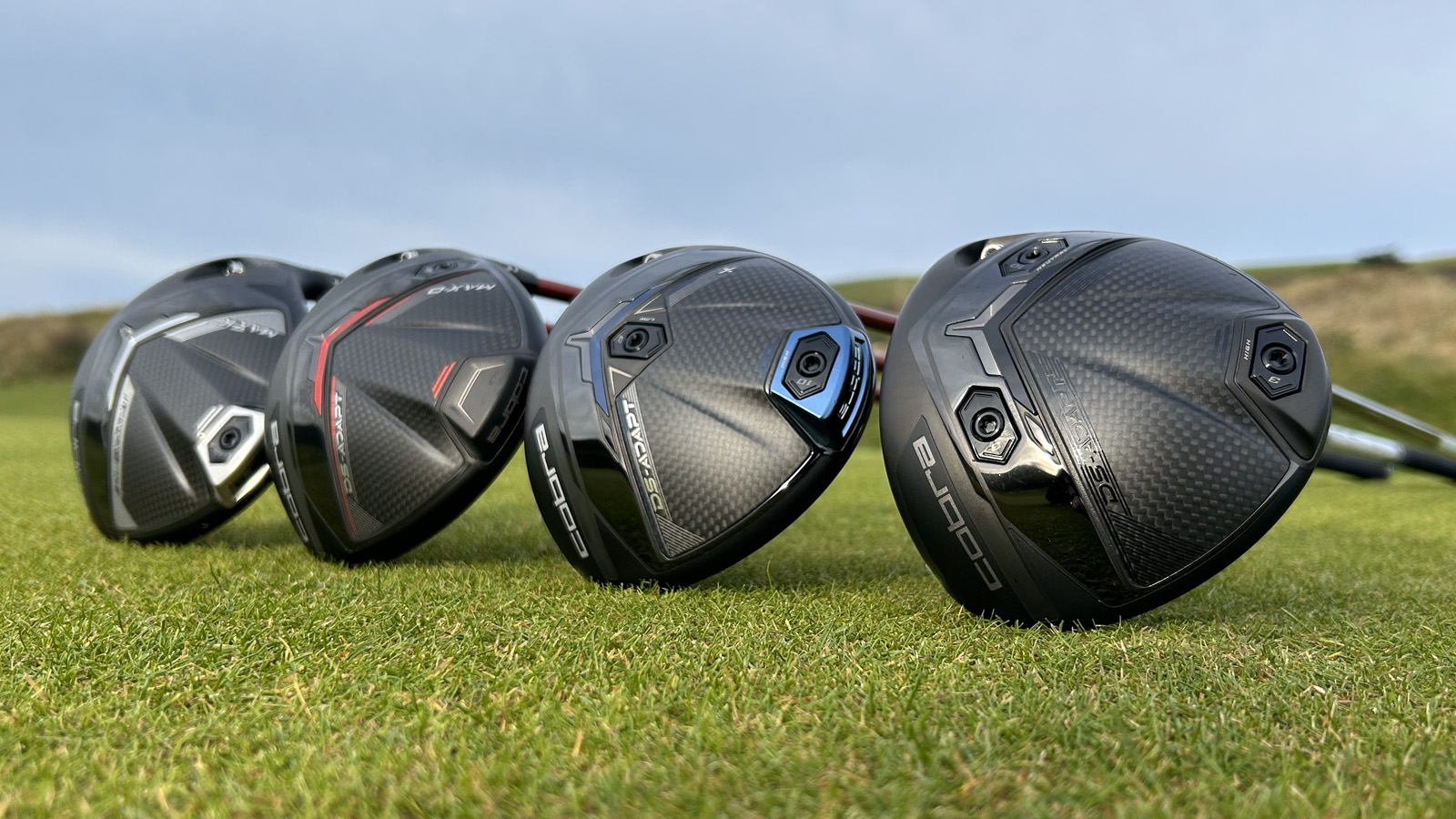
The average loft of most of the best golf drivers is around the 10° mark, although this will very much change from player to player.
Most better players will tend to sit somewhere between 8-10.5° of loft in their driver, any higher than this and players with faster clubhead speeds will tend to produce excessive spin, although the shaft will have a big influence on this.
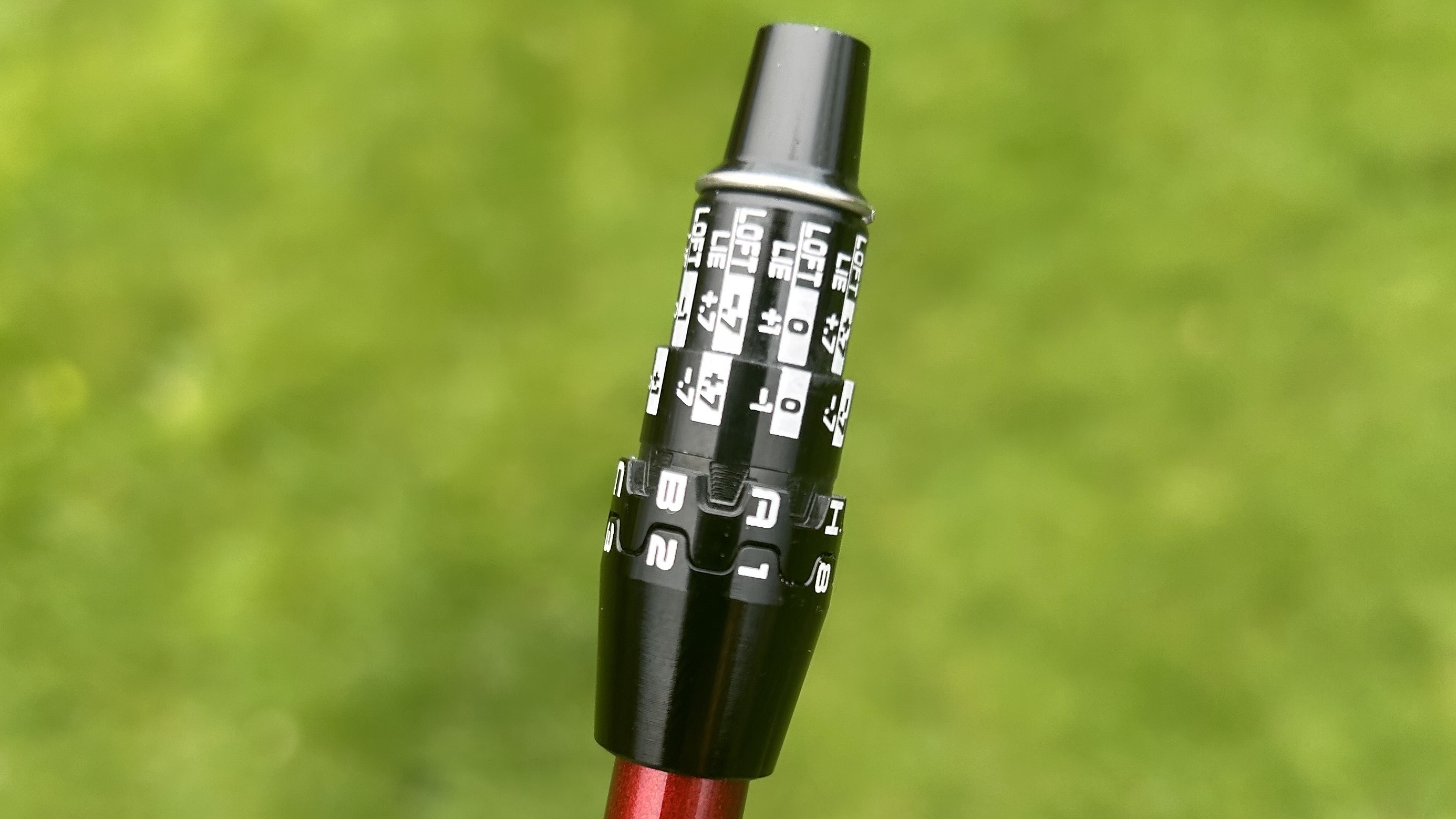
Most beginner golfers or higher handicapper golfers should consider looking at best drivers for slow swing speeds. These heads will often have lofts as high as 12-13° to help launch the ball at the correct angle with the right amount of spin. Many of the drivers on the market now have adjustable hosels which allow you to change the loft up or down around 2° degrees to tune in the optimal flight for your game.
Fairway Wood Loft
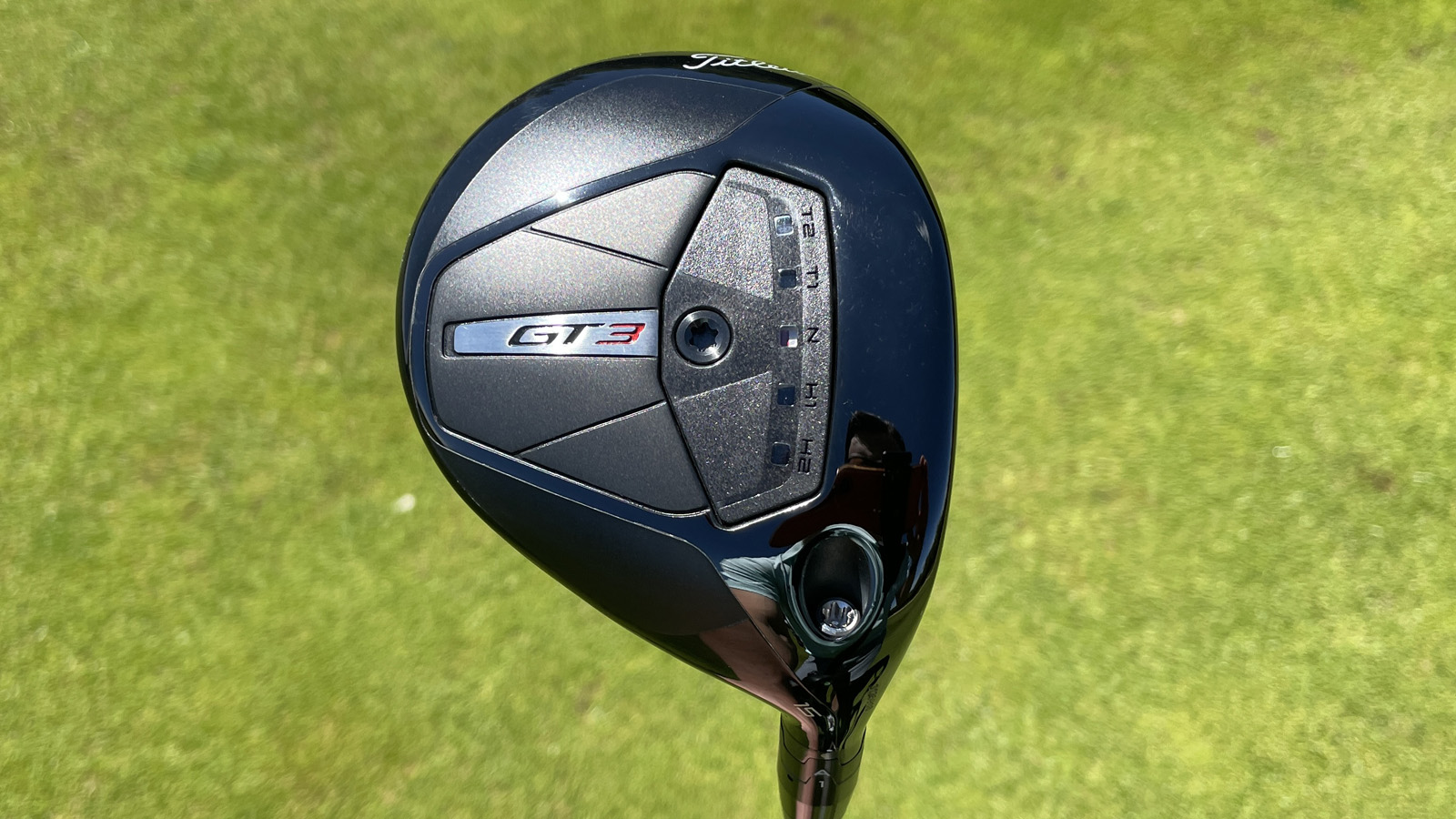
Most golfers will carry a 3-wood that sits around 15° as standard. Some players will carry a strong 3 wood at around 13-13.5 degrees of loft if it is a club that they want the ball to roll out as far as possible by reducing spin and launch or like using off the tee. Clubs like the TaylorMade R7 Mini Driver sit somewhere between driver and fairway wood and have lofts between 11.5 and 13.5 degrees.
Most equipment manufacturers also offer high-launching 3-woods up to 16.5 degrees. As with driver, many of the best fairway woods come with adjustable hosels and allow you to change the loft to your preference. So you may have a 3-wood that is waiting to be turned into a 2 wood or even a 4 wood, depending on what course setup you're playing on.
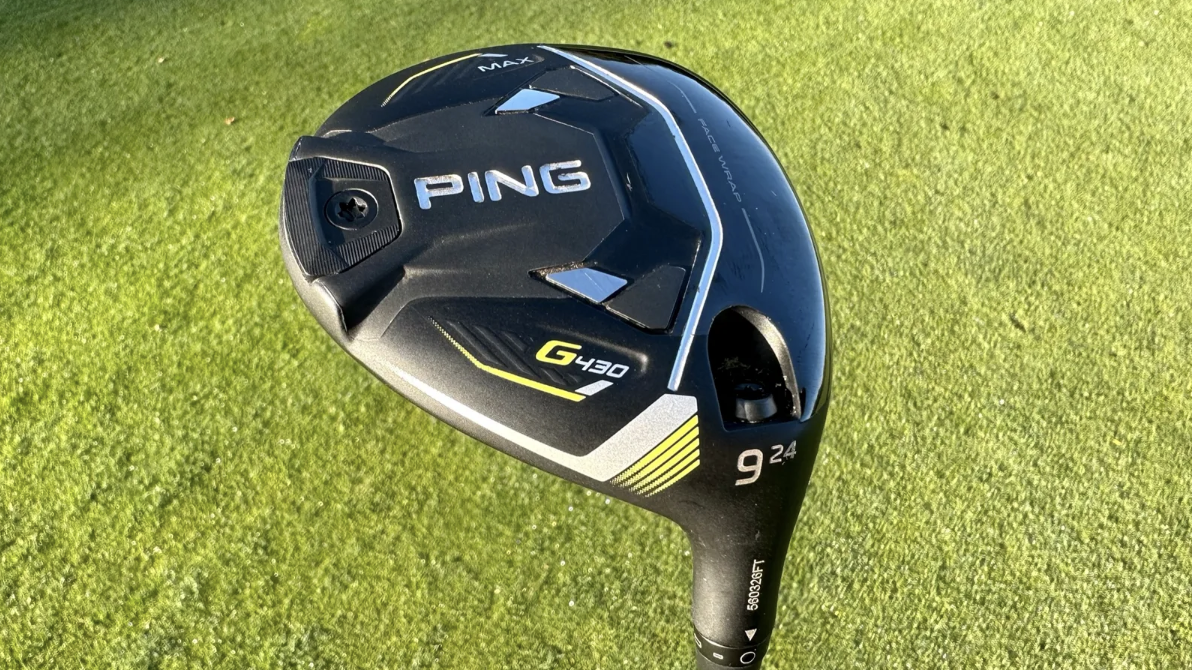
Traditionally, a 4-wood would be around 17 degrees and a 2-wood would be 12 degrees, although these clubs are lesser-seen these days. A 5-wood is usually 18-19 degrees, whilst a 7-wood will be around 21 degrees. 9-woods are becoming increasingly popular among professional golfers with world number one Scottie Scheffler having put one in play this year. These are great alternatives for long irons that may launch a little too low.
Hybrid Loft
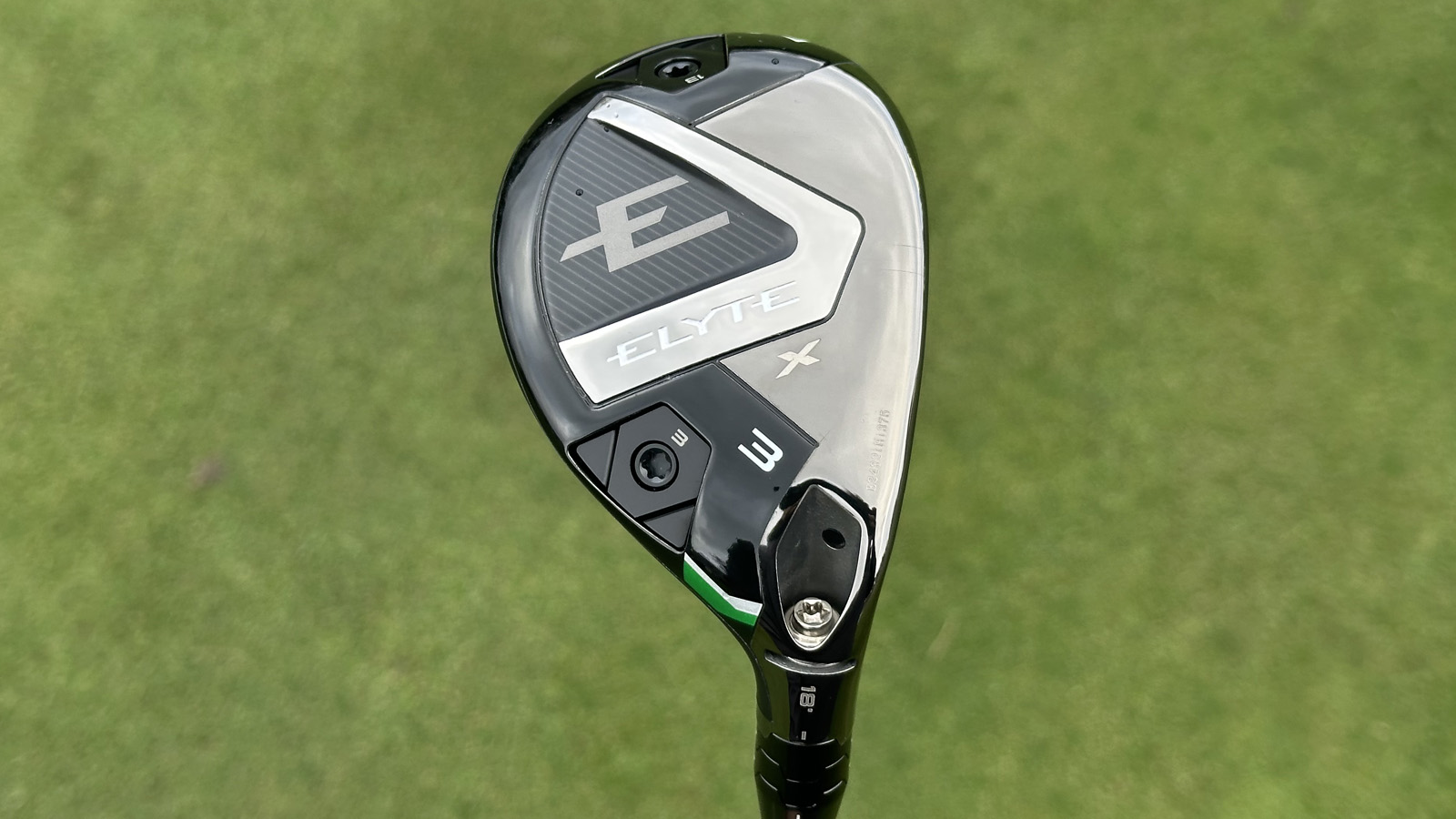
There really is no set hybrid loft, with hybrids now available from 16°, with some beginners and higher handicaps using hybrid irons.
Most tour players with some of the best golf hybrids in the bag will have them between 18-22° to replace their 2, 3 and 4-irons or simply as another option in certain conditions. They're easier to hit and will generally launch higher and come down softer on the greens, making them perfect for longer courses with firmer greens.
A 3-hybrid is usually around 19˚and a 4-hybrid is around 22˚. Whilst these lofts might seem a bit low, the construction of the heads is designed to get the ball up in the air easily, so, again, stronger lofts offer the potential for more distance with the right combination of launch and spin.
Due to the head shape, it is easier for manufacturers to locate the CG lower and further back in the clubhead, facilitating a much higher launch than an iron of the same loft.
Iron Lofts

As we have already mentioned, lofts can vary greatly between iron sets. To give you an idea, the 7-iron in the Ping Blueprint T model (a traditional, blade-like iron) is 33˚. This is relatively weak in the modern game, and as such, these irons are designed more with distance control rather than pure distance in mind. At the other end of the spectrum the Ping G440 irons (more of a distance iron) feature a 7-iron with just 29˚.
Below, we have listed the lofts featured in the latest TaylorMade P770 set of irons. We've chosen this model as it is a popular iron that suits a wide range of players from low handicappers to game improvers. Here are the lofts of the irons in that set.
4-iron - 22 degrees
5-iron - 25.5 degrees
6-iron - 29 degrees
7-iron - 33 degrees
8-iron - 37 degrees
9-iron - 41 degrees
PW-iron - 45 degrees
Wedge lofts
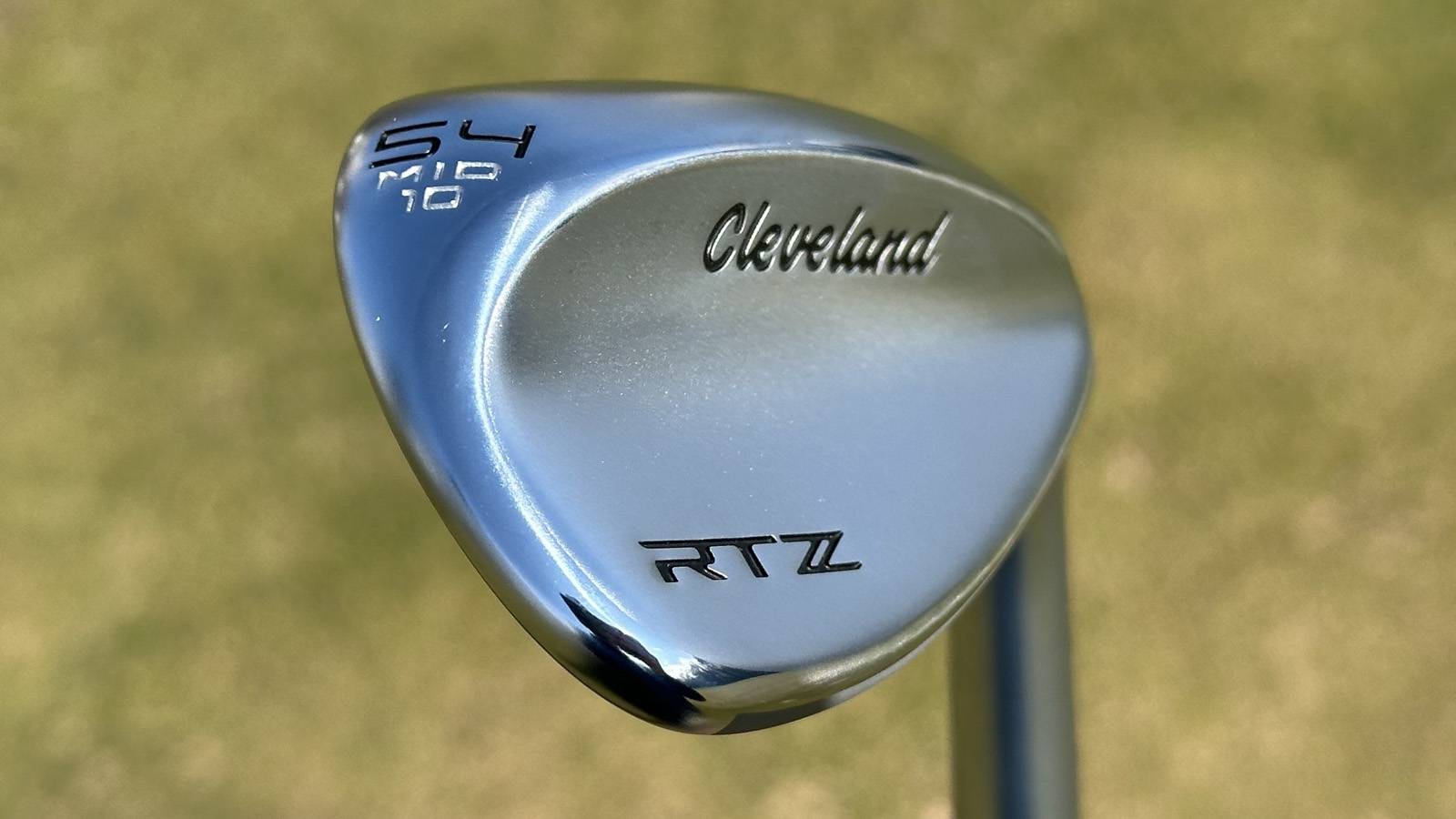
A pitching wedge loft in the modern game is generally between 44-47°, with most golfers using one that comes with their iron set. However, better players often prefer to use a specialist wedge instead of the one that comes with the set as many of the best golf wedges can help with control and spin.
A gap wedge literally fills the gap between pitching and sand wedges and is usually somewhere between 48° and 53°. A sand wedge loft tends to be somewhere between 54° and 57°.
The loft of a lob wedge is traditionally 60°, however some players will carry 58° wedges, which can also be classed as a lob wedge. Players like Phil Mickelson have been known to carry lob wedges up to 64°.
Putter Loft
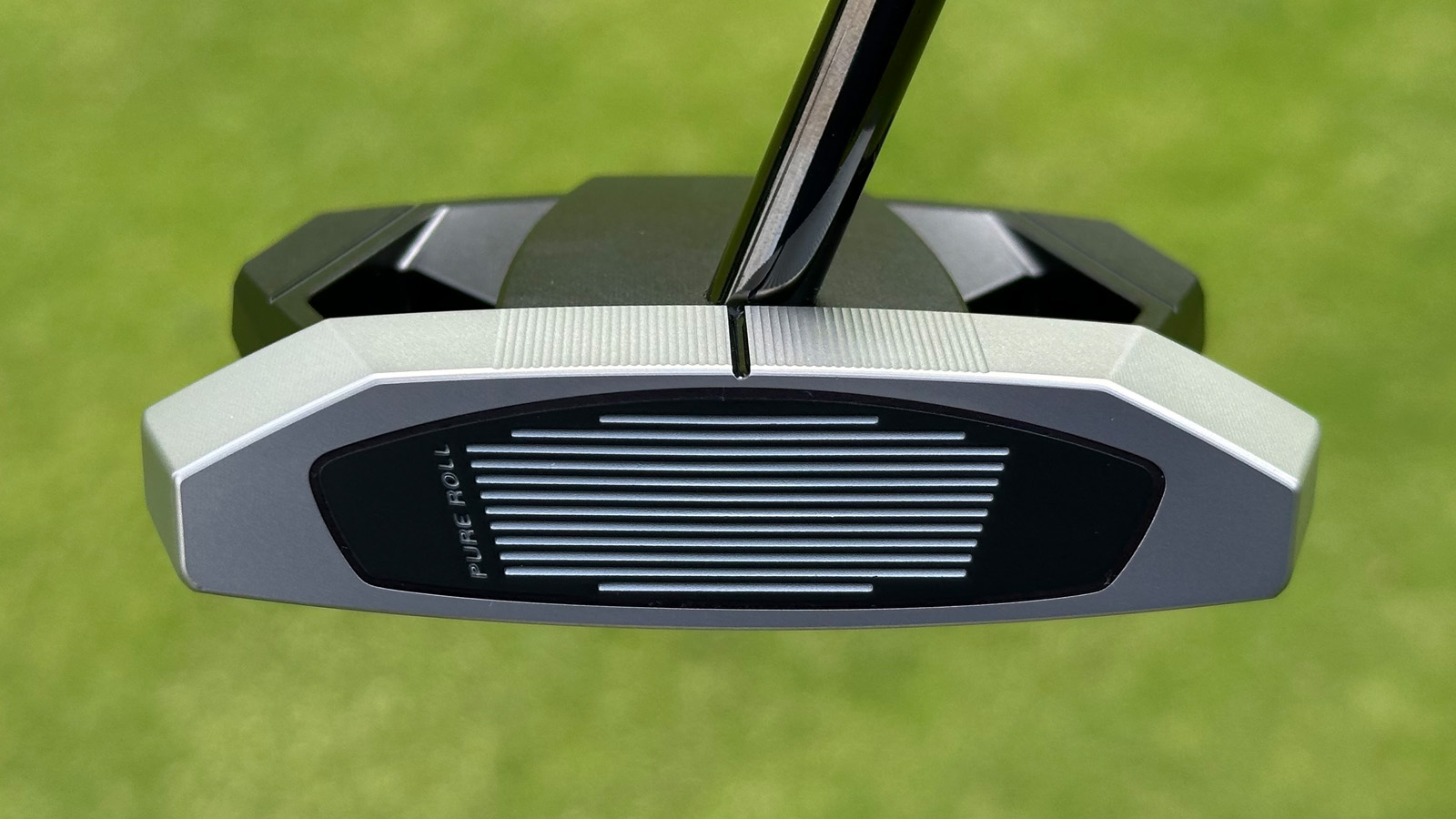
Most of the best putters will come as standard with around 3-4°. Some golfers may have less or more loft but that usually comes from a putter fitting where the club is tailored to the stroke.
A lot of people assume that putters don't have any loft but to get the ball rolling on top of the grass quicker, some loft is needed.
If you have a downward attack angle you may want more loft and if you hit the ball on the up then you may want less loft. Your choice may also be determined by the greens you most regularly play on - slow greens may require a little more loft than faster greens.







